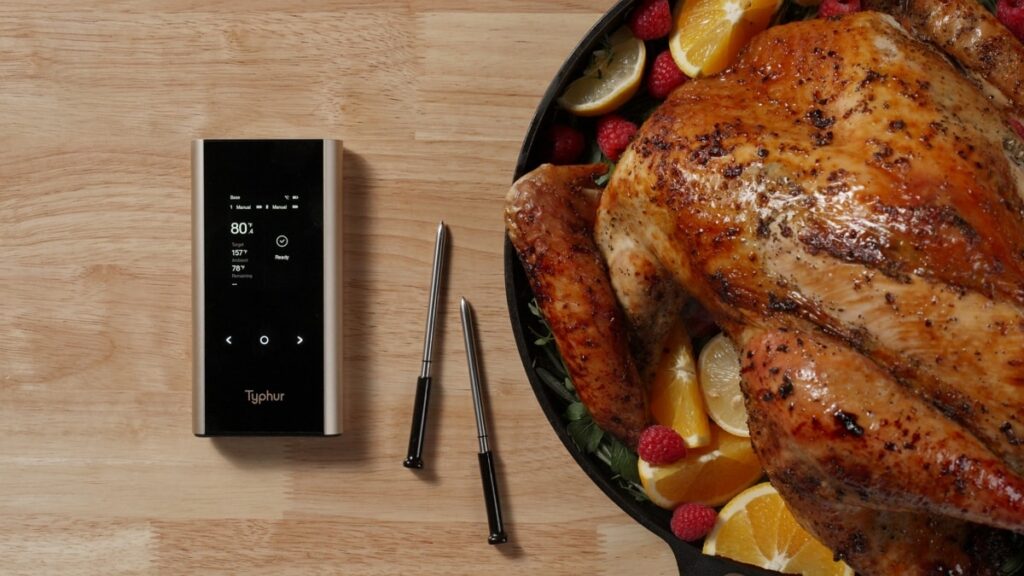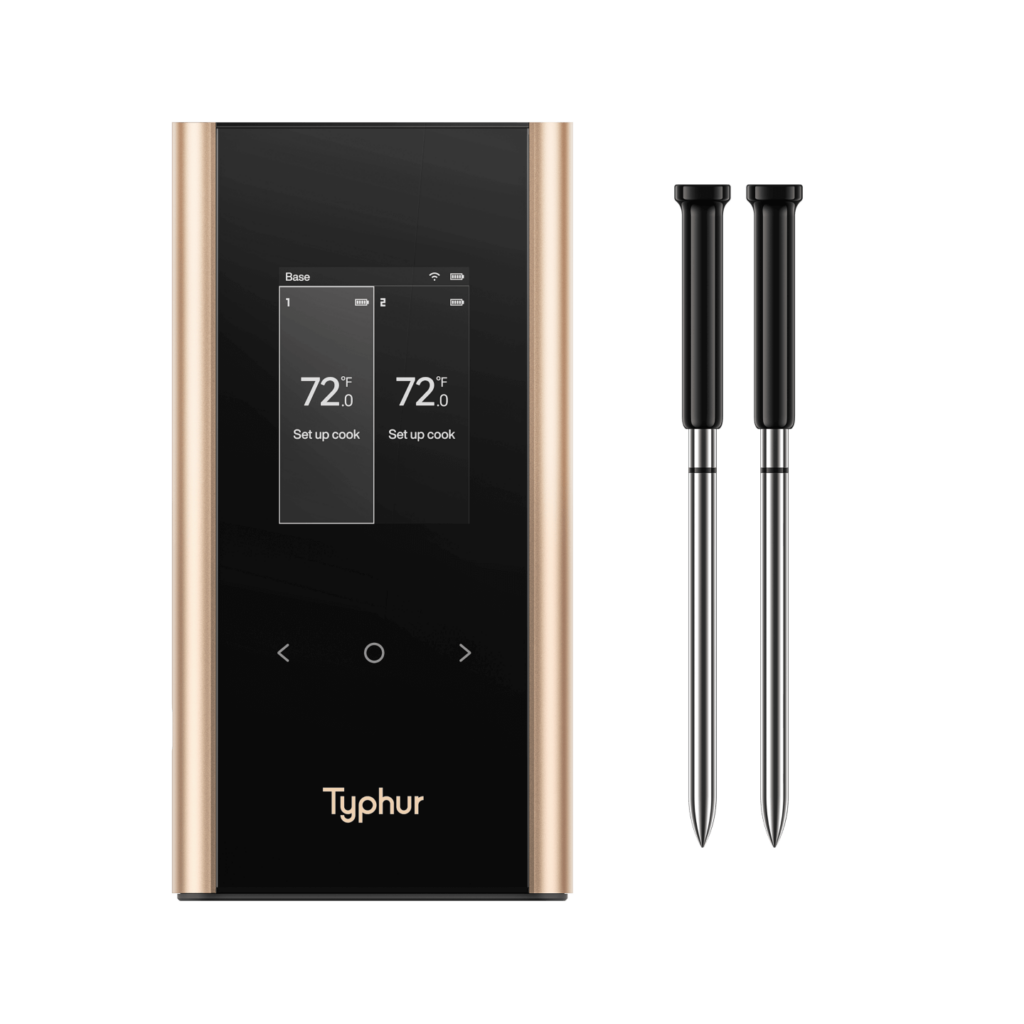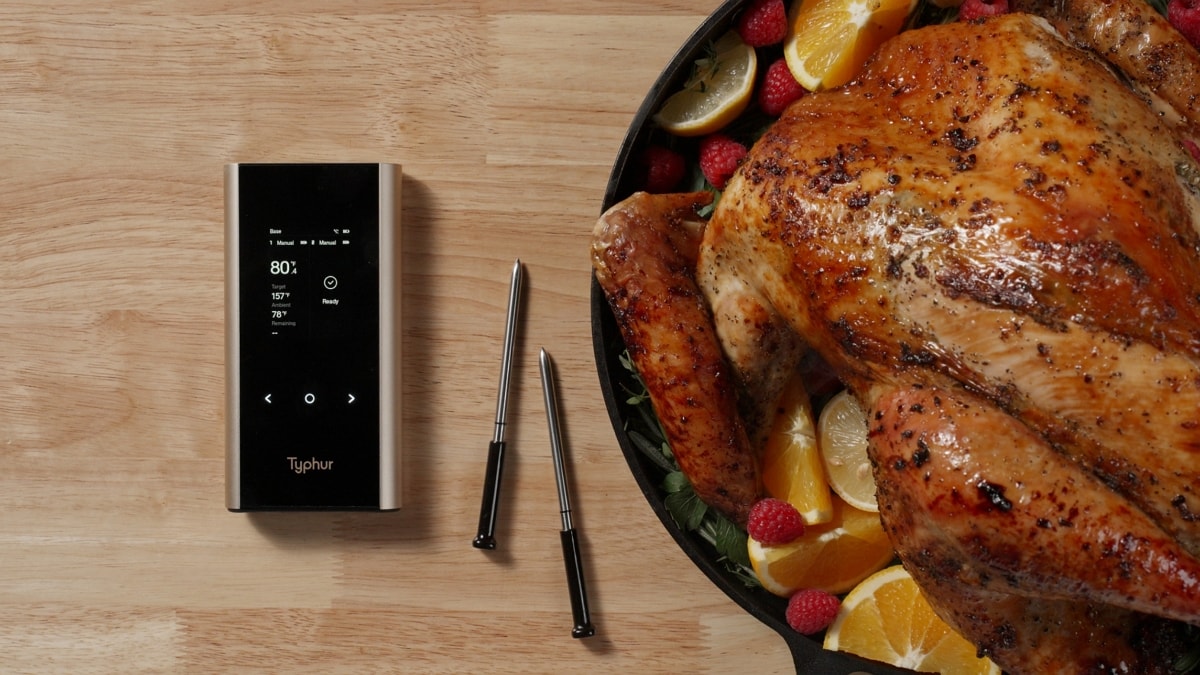Turkey is usually the main dish of the Thanksgiving dinner table, but it would be incomplete without the stuffing or dressing (whichever name you prefer, depending on the region). For many home cooks, getting the turkey stuffing just right is a bit of a challenge more than a skill. Should it be stuffed in the turkey or separately baked? How long do you cook a stuffed turkey? How can you make sure it’s moist, flavorful, and not too soggy?

Relax! This guide will give you a thorough understanding of how to prepare turkey stuffing of the highest quality for your Thanksgiving feast.
Table of contents
Difference Between Stuffing and Dressing
Before we talk about how to make turkey stuffing, let’s first look at the difference between stuffing and dressing. The main difference is how the dish is prepared and cooked.
- Stuffing: Stuffing is commonly cooked within the turkey. It’s combined with cubed bread or cornbread, seasoned, and packed into the bird prior to roasting. The turkey’s heat helps in cooking the stuffing by making it absorb the turkey juices and thus giving it a flavorful taste. But still, food safety is a concern because the stuffing must reach a certain temperature in order to be safe for ingestion.
- Dressing: Dressing is thrown in a separate dish and baked outside the turkey. It consists of the same components as the stuffing, but since it is not put inside the bird, it becomes less of a dangerous food safety issue. Dressing usually has a more consistent texture and is easier to manage but it is just as tasty.
So, no matter if you refer to it as stuffing or dressing, both substances are essential for a wonderful Thanksgiving dinner. The choice depends on your preferences and how you want to serve the turkey.
Ingredients Needed for Turkey Stuffing
Now that you know the difference between stuffing and dressing, let’s move on to the essential components for the ultimate turkey stuffing. These ingredients will create a stuffing that is not only hearty and satisfying but also flavorful turkey that will absorb seasoning and give its own flavor.

- Bread or Cornbread: Most stuffing recipes use either cubed bread or cornbread. Go for a thick bread like sourdough or French bread since it takes up the taste without being wet. Cornbread is an excellent option if you want a classic flavor.
- Broth: Chicken, turkey, or vegetable broth can be used to not only add moisture but also to give flavor. If you are roasting turkey, turkey broth will really enhance the stuffing’s flavor.
- Onions and Celery: The combination of these two ingredients is typical for stuffing. They give a savory background that harmonizes with turkey’s richness.
- Herbs: Common herbs used for turkey stuffing include thyme, sage, rosemary, and parsley. They add sweet, natural, and sometimes pungent flavors that are compatible with turkey.
- Butter: Butter contributes to the overall flavor and the quality of the stuffing as soft and moist.
- Seasonings: Put salt and pepper and also spices like garlic or poultry seasoning to your liking.
The traditional stuffing might include sausage, cranberries, apples, or nuts as add-ins. You can indulge in your creativity but remember that the main secret is in the combination of moisture, texture, and flavor.
How to Make Turkey Stuffing from Scratch
Making turkey stuffing from scratch isn’t as hard as it looks, and even more, it’s worth the effort for the fresh, homemade flavor. Here’s a simple guide to prepare the stuffing:
- Prepare the Bread: Cut your bread (or cornbread) into small pieces. If you are using regular bread, then leave it out for 1-2 days to dry. This process will enable it to soak up the broth without turning into a soggy mess. If you are using fresh bread, then toast the cubes slightly in the oven for a few minutes.
- Sauté the Vegetables: In a large frying pan, melt some butter over a medium flame. Add the diced onions and celery, and sauté them till soft, for about 5-7 minutes. This step lays down the foundation of your stuffing.
- Season the Stuffing: Spill herbs and seasonings over the sautéed vegetables. Stir to combine and allow the herbs to impart their flavor.
- Combine Bread and Vegetables: Take a large bowl, and combine the bread cubes with sautéed vegetables. Mix gently to combine.
- Add the Broth: While stirring, gradually add the broth until the bread is uniformly moistened. Do not make it too wet, just enough to bind the stuffing.
- Bake or Stuff: If stuffing the turkey, lightly fill the cavity with it being careful not to pack it too tightly. If baking it separately, put it in a buttered dish, cover with foil, and place in an oven preheated at 350°F (175°C) for 30-45 minutes. Uncover for the last 10 minutes to allow the top to brown.

Pro Tips for Perfect Turkey and Stuffing Every Time
Here are some simple tips that will guarantee you perfect turkey stuffing each time.
Don’t Overstuff Turkey
If you are stuffing the turkey, do not heap the stuffing very tightly. Instead, leave some area for it to get bigger as it cooks. This technique aids in even cooking and also prevents making the stuffing uncooked.
Use a Meat Thermometer
If the stuffing is inside the turkey, it’s important to check its temperature. The stuffing should reach 165°F (74°C) to make sure it’s safe to eat.
Typhur Sync Gold Dual meat thermometer is one of the best choices. Its dual probes work with NIST-certified accuracy of ±0.5°F, allowing you to keep track of the turkey and the stuffing simultaneously. The thermometer’s long-range wireless feature permits you to monitor the cooking progress from anywhere in your house, thus giving you peace of mind while you are preparing other dishes.

Whether you’re cooking the turkey inside or roasting it separately, the Typhur Sync Gold Dual ensures your stuffing reaches the perfect temperature every time.

Long Range Wireless Meat Thermometer
Moisture Control
If the stuffing is too dry, add a little more broth. On the other hand, if it is too wet, put it in the oven and let it bake uncovered for a few minutes so that some moisture evaporates.
Don’t Skip the Resting
Once the turkey is cooked, allow it to rest for a minimum of 20 minutes. This will enable the stuffing to set and the juices to flow through the meat thus making both the turkey and stuffing tastier.
FAQ
Some mistakes to avoid are stuffing the turkey too much, not seasoning it properly, and cooking it at a low temperature. Always make sure that the stuffing temperature is 165°F, and also check the moisture levels.
The usual ingredients for a traditional stuffing are bread or cornbread, onion, celery, sage and thyme herbs, butter, and broth. Some recipes include sausage or nuts to give additional flavor.
The method for moist turkey is to cook it at the proper temperature and allow it to rest before cutting. The use of a wireless meat thermometer guarantees that both the turkey and stuffing are well done and therefore keeping them moist.
Summary
Perfect turkey stuffing makes Thanksgiving special. It doesn’t matter whether it is inside turkey or baked separately, but the stuffing should always be in harmony with turkey flavor-wise, and not to be the reason turkey gets overpowered. Learn the steps, and you will get deafening and moist stuffing at the same time. You can develop the most superb turkey stuffing recipe with the right ingredients, technique, and care.




